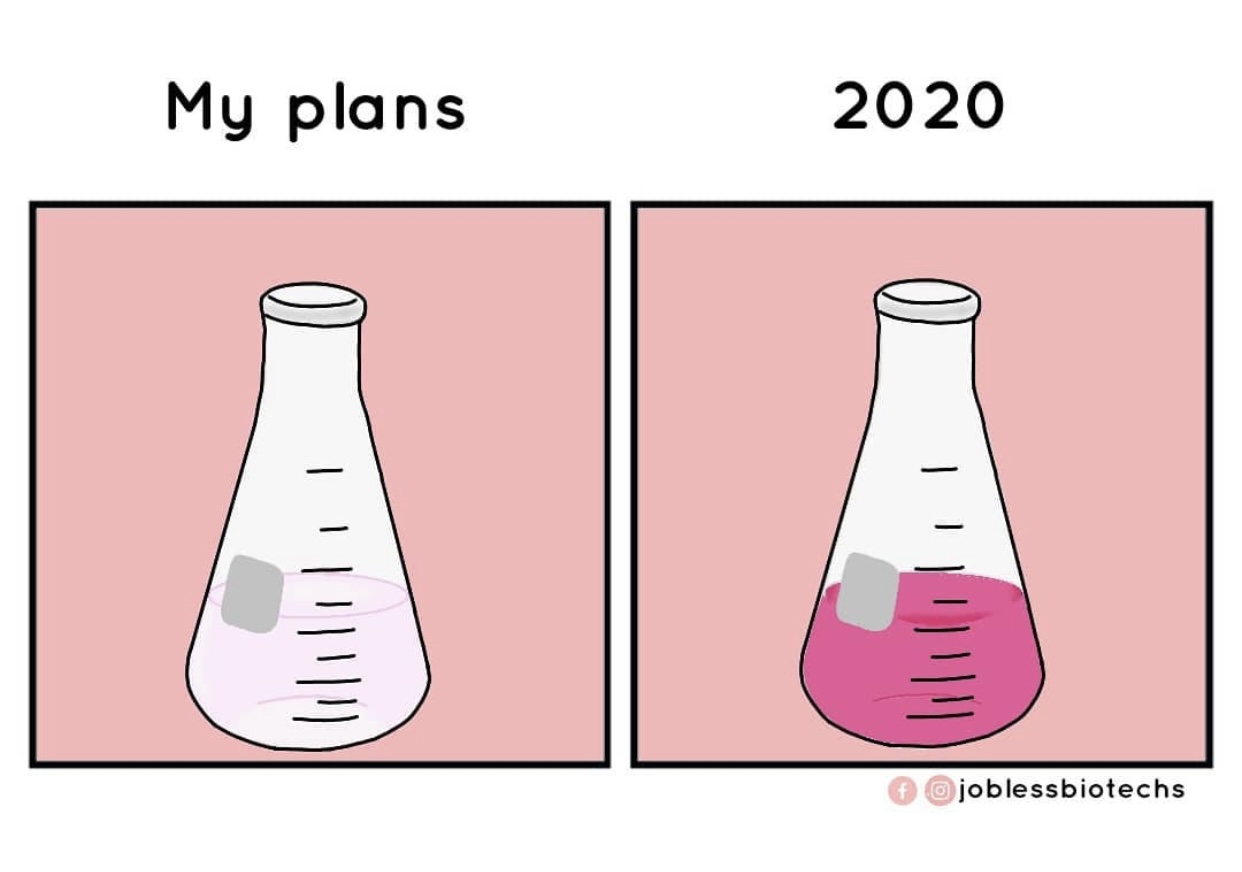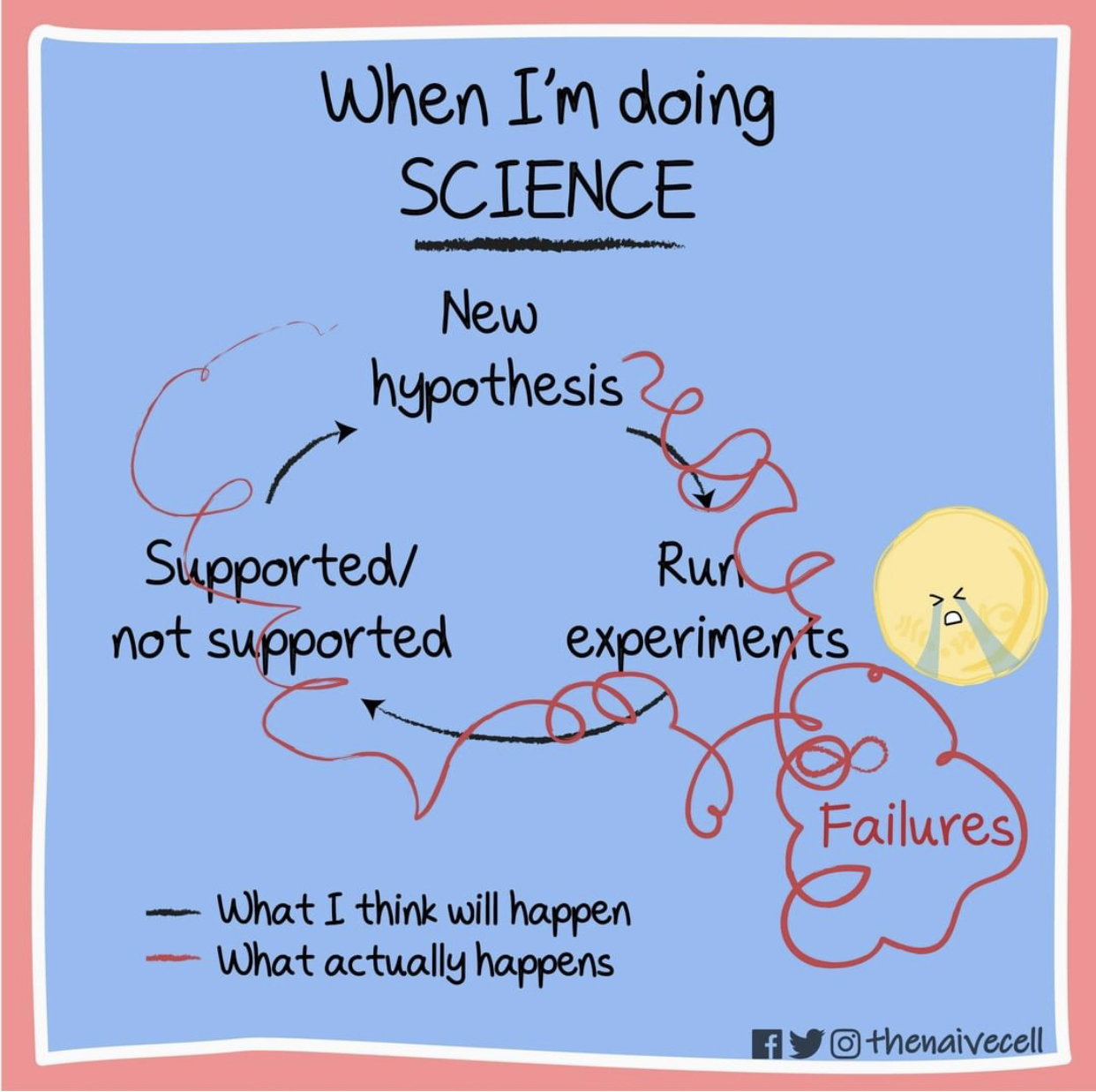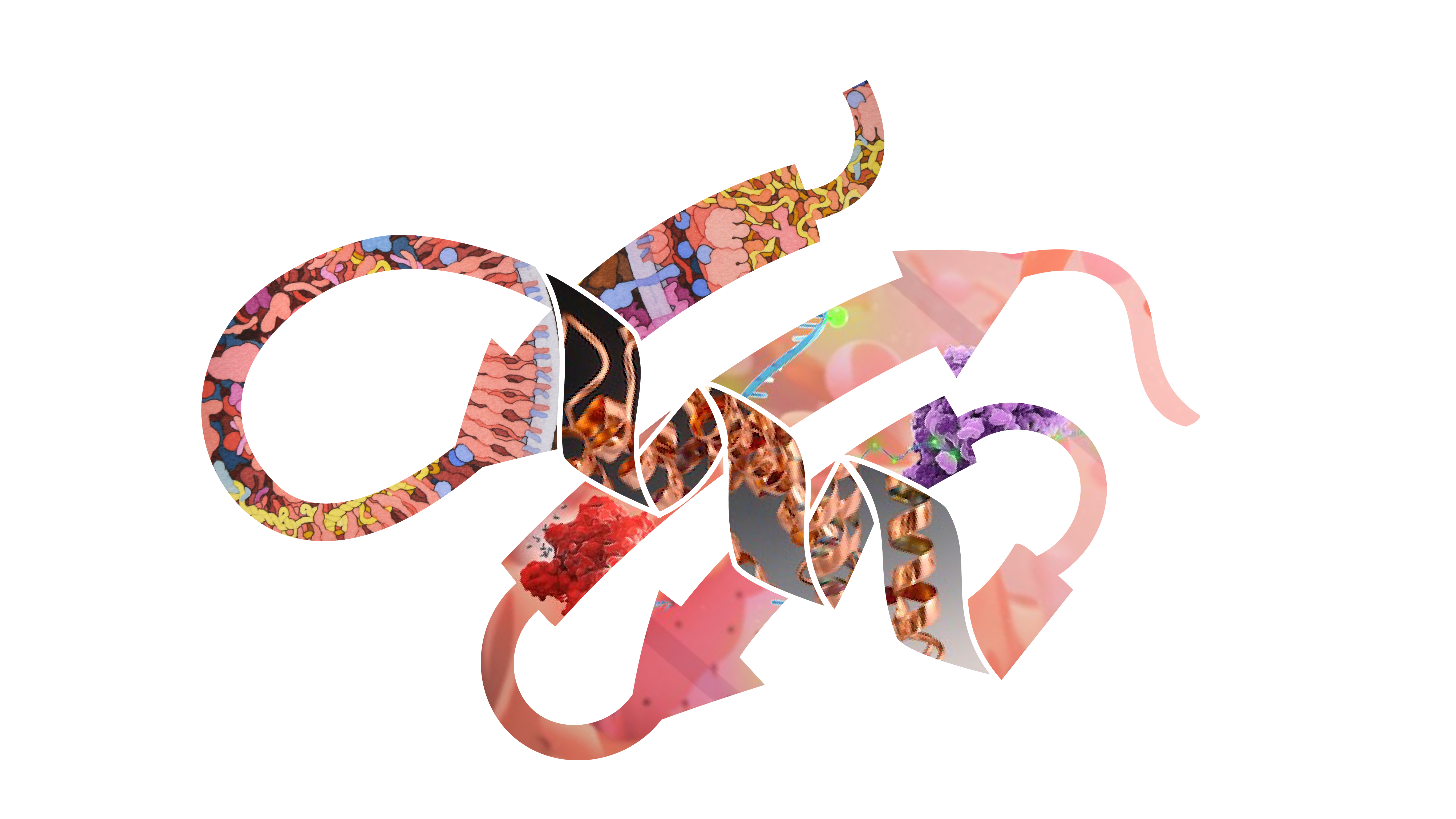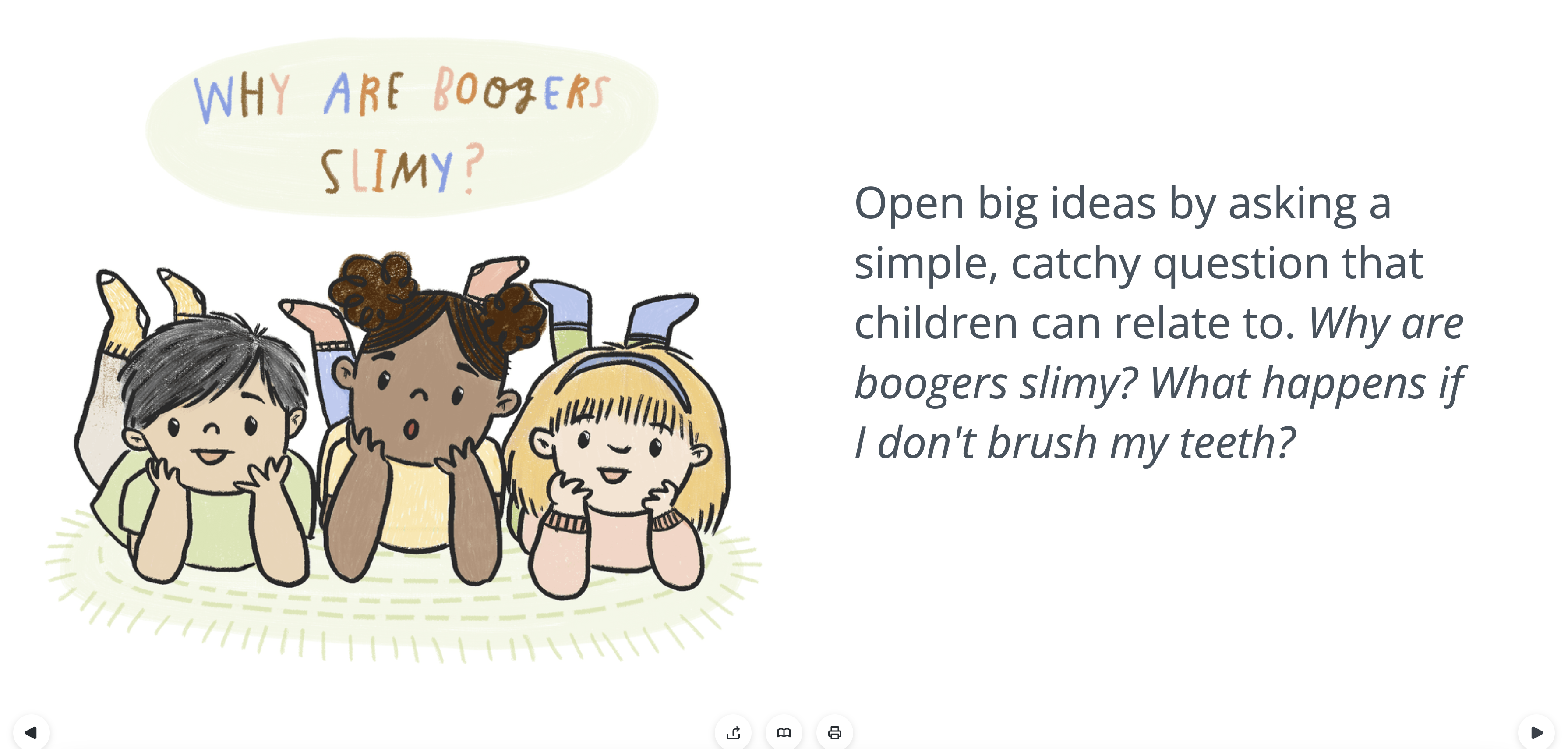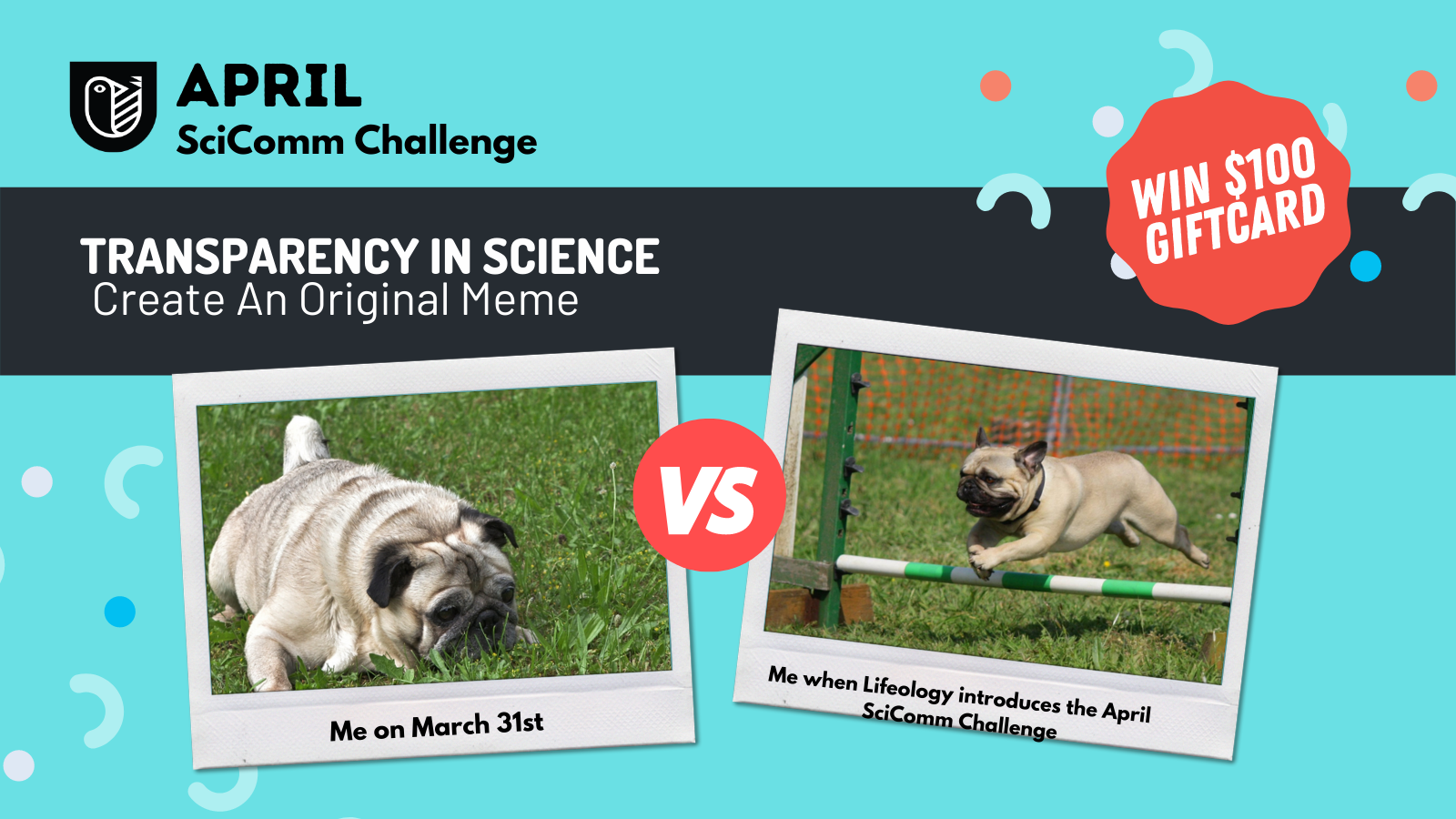
For this month’s challenge, create a science meme on the theme “Transparency in Science”! Learn more below.
If you’re viewing this blog post, then you are using the Internet, and if you are using the Internet, then you have probably come across a meme whether you have realized it or not. When you look up the definition of a meme, the results are often vague, so it is understandable that not everyone realizes what a meme is.
We can use the original definition from Richard Dawkins’ book, The Selfish Gene, in which Dawkins said a meme is “a cultural artifact that spreads quickly and uncontrollably within and across cultures.” Obviously, in 1976, Dawkins was not referring to the spread of artifacts on the Internet, which was not born until the 1980s. Nonetheless, he coined the term “meme,” and he was even the first person to compare the spread of information to the spread of viral diseases—a precursor to the now commonly used term: “going viral.”
Because Dawkins did not have the Internet in mind when he coined the term, maybe we can use Merriam-Webster’s definition of “an amusing or interesting item (such as a captioned picture or video) or genre of items that is spread widely online especially through social media.“ I think this definition may be a better representation of what we call a meme today.
Hopefully, you’re starting to get a better idea of what a meme is.
Once a meme picks up traction, people often make new memes by using the original image and changing the text or caption, if any, to something different. These memes often spread widely on the Internet via social media or news channels. This spread—or “going viral”—is an explanation for why you can’t spend too long on the Internet without coming across a meme. Memes can even spread off the Internet, too—my friends and I have a group text message almost purely devoted to sending memes to each other.
I love that when I don’t quite have the right words for how I am feeling about something, there always seems to be a meme that expresses my feelings better than I ever could. Memes often depict political, social, or cultural references. Ultimately, memes have evolved over time. They can be related to a myriad of topics, including science!
Now, we at Lifeology are not the first to come up with the concept of “science memes.” A quick search on the Internet will result in endless returns. I love that memes have spread into the science realm.
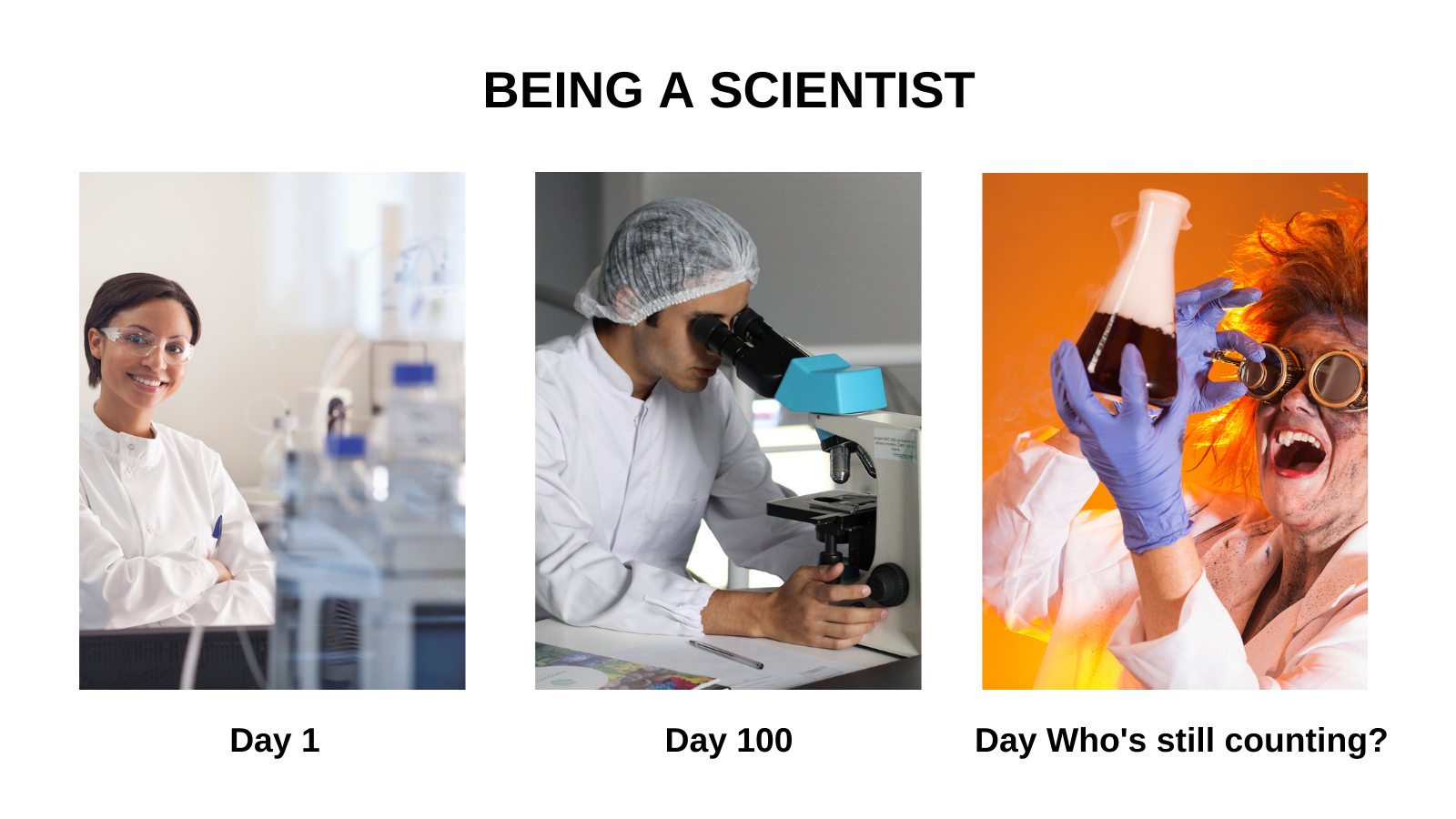
Science memes can do much more than make someone laugh; they can help engage people in learning—in a fun way! More specifically, humor can be a useful tool for science communication. Humor can trigger someone’s initial interest in a subject and encourage further engagement. It can also raise awareness or encourage a positive perception of a topic.
At Lifeology, we’re all about improving the communication and teaching of science through interactive and innovative ways (such as our illustrated short flashcard courses on various scientific topics). This is why our April SciComm challenge is rooted in bringing transparency to science in an innovative way—a science meme!
Humor is not and should not be the only tool to communicate science. For example, check out our course about using communicating science with visuals. Nonetheless, humor is one tool, and we want you to give it a try this month! Check out the challenge below!
April SciComm Challenge
Task:
Create an original science meme.
This month’s theme is transparency in science. Scientists are humans. Humans make mistakes. Experiments fail. Why not be more open about that and—gasp—laugh about it! Science is not so scary, and yes, one can find humor in the process!
Using your own illustrations or any free use image (see copyright notes), create an original science meme! Your science meme should incorporate the theme discussed above. This can be accomplished in endless ways such as highlighting mistakes and failures of science or funny but true things about working in the science field. Your meme can be a static image or a gif.
Prize:
$100 gift card for the winner. All entries will also be featured on the Lifeology.io blog and posted on our Twitter page.
Submission:
To officially be part of this challenge, post your meme on Twitter or Instagram using the hashtag #LifeologyScienceMemeChallenge and tagging @lifeologyapp before April 30, 11:59 p.m. ET.
Judging criteria:
On May 10, 5 p.m. ET, the meme with the most likes and/or retweets will be the winner. The point of a meme, after all, is to go viral.
Copyright notes:
Say you find an awesome and funny image on Google or another place on the Internet. You want to use it for your meme. The problem is, if somebody else owns the copyright, and you don’t have permission from the copyright holder, then you might find that you are in breach of copyright law. To ensure you are not violating any copyright issues, please use your own art or images from free image websites. These websites host images where the original creators have decided to allow others to share and use their image free of charge. Some examples of websites include pixabay.com or unsplash.com. Should you have any questions, please reach out to the Lifeology team.
References and further reading:
- Banas, J. A., Dunbar, N., Rodriguez, D., & Liu, S (2010). A Review of Humor in Educational Settings: Four Decades of Research. Communication Education, 60(1), 115-144. (Link)
- Henderson, S., (2015). Laughter and Learning: Humor Boosts Retention. (Link)
- Mendez-Reguera, A., & Cabrera, M. V. L. (2020). Engaging My Gen Z Class: Teaching with Memes. Medical Science Educator, 30, 1357-1358. (Link)
- Croon, J (April 2018). The Superpower of Humour. TEDxStMaryCSSchool. [Video]
